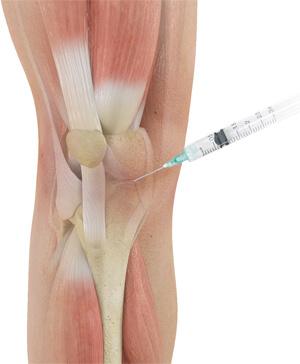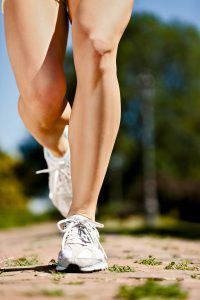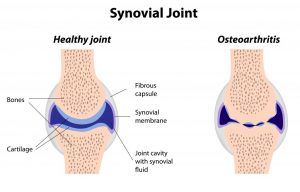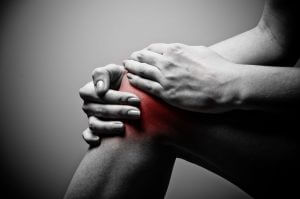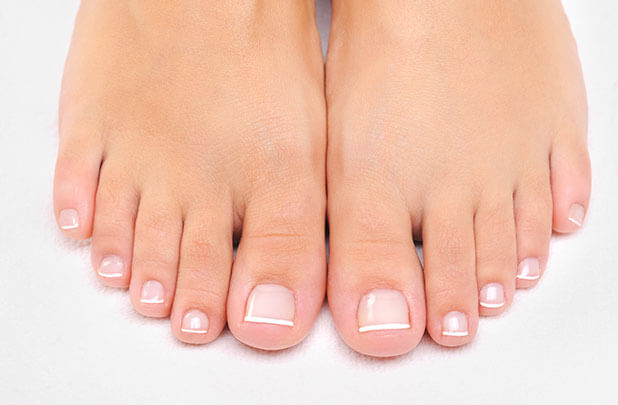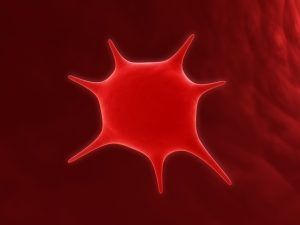Tennis elbow, or lateral epicondylitis, is a tendon disorder that can affect athletes and workers with pain and disability that can last for years. It has traditionally been thought to be caused by inflammation of the tendons. Existing therapies such as rest, exercise, NSAIDs, and cortisone injections don’t always relieve pain or improve function. In the long term, cortisone injections may even make the condition worse, or harder to recover. (Link)
Current evidence suggests that the tendon pathology is actually degenerative change rather than inflammation. Abnormal blood vessels become present in the tendon and collagen fibers become disorganized. Four injection therapies – Prolotherapy, platelet-rich plasma, whole blood, and polidocanol have been used to target the tendon pathology and are showing promise as effective therapies. Researchers at the University of Wisconsin conducted a systemic review of these injection therapies on tennis elbow.
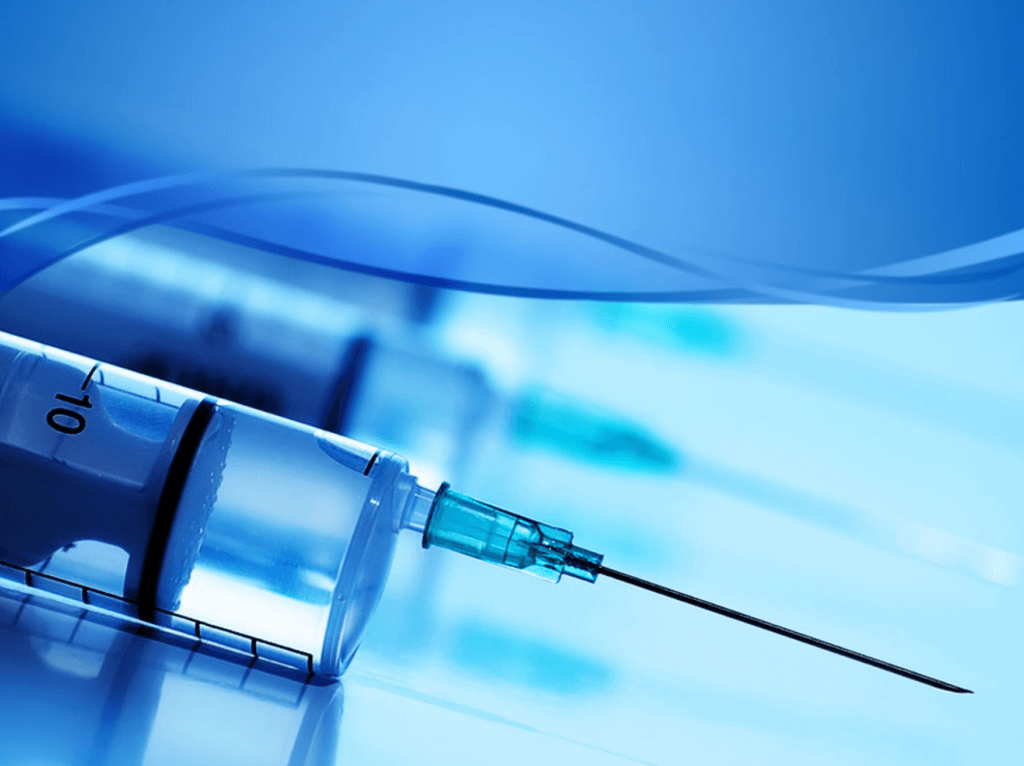
The Study Method
- Prospective controlled studies of human clinical trials that involved pre and post assessments were identified. Study designs were assessed for internal validity and each study received a quality score.
- For the nine studies that met criteria, the effect size of outcomes was calculated so that studies could be compared.
- Four controlled studies and five prospective case series were included. Three evaluated prolotherapy, two evaluated Polidocanol, three evaluated autologous whole blood, and one evaluated PRP for a total of 208 adult subjects who had failed conservative therapy. Ultrasound confirmed subjects had neovascularisation and structural changes in the tendon.
Results
- All the injection therapies showed promising results with large effect sizes and no side effects however sample sizes were small so results must be interpreted cautiously.
- Prolotherapy subjects reported 90% improvement at 16 weeks.
- Polidocanol decreased pain by 55% and increased grip strength at 8 months. Ultrasound showed improved structural defects and vascularity.
- Studies using whole blood reported significant improvement in the range of 64% to 88%.
- A single injection of PRP resulted in 81% improvement at 27 weeks and 93% at 25.6 months.
Why Do Regenerative Injection Therapies Work?
- Injection therapy places the intervention directly at the degenerative site. It is thought to stimulate regenerative cofactors.
- Prolotherapy contains hyperosmolar dextrose and this component has been shown to increase platelet-derived growth factor which may act as a signaling factor in tendon repair.
- PRP is rich in growth factors and has bioactive signaling factors for tendon repair.
In conclusion, all four injection therapies are treatment options for hard to heal lateral epicondyle tendinopathy (tennis elbow) patients and are safe when performed by a skilled clinician. However, Prolotherapy and PRP treatments are more common and have more research available.
Rabago, D, Best, TM, Zgierska, A, Zeisig, E, Ryan, M. & Crane, D. (2009).
A systemic review of four injection therapies for lateral epicondylosis: prolotherapy, polidocanol, whole blood and platelet-rich plasma. British J of Sports Medicine, 443: 471-481.
Four Injection Therapies for Tennis Elbow – A Review
Pain Management Injection Therapies for Low Back Pain

